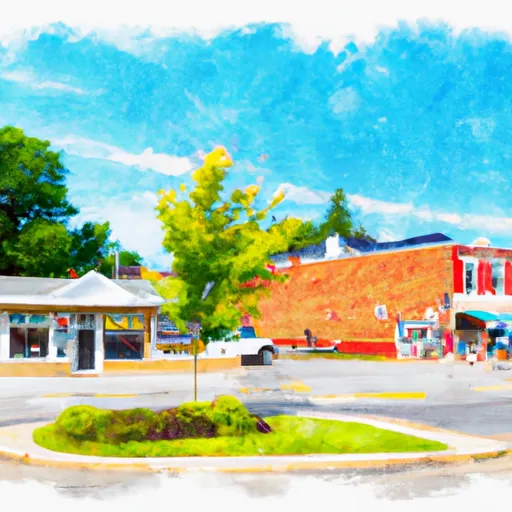°F
°F
mph
Windspeed
%
Humidity











Cedarville, Michigan is a small village located on the eastern end of the Upper Peninsula. It has a humid continental climate characterized by cold winters and mild summers. Hydrology constituents in the area include the Les Cheneaux Islands, a group of 36 small islands and numerous channels, bays, and shoals that make up a popular boating destination. Outdoor recreation opportunities in Cedarville include fishing, boating, kayaking, and hiking. The area is also known for its wildlife, including bald eagles, ospreys, and beavers. In the winter, visitors can enjoy snowmobiling and cross-country skiing on the nearby trails.
Weather Forecast
Cedarville receives approximately 781mm of rain per year, with humidity levels near 83% and air temperatures averaging around 6°C. Cedarville has a plant hardyness factor of 5, meaning plants and agriculture in this region thrive during a short period during spring and early summer. Most plants will die off during the colder winter months.
Nearby Snowpack Depths
7
Inches
Regional Streamflow Levels
68
Cubic Feet Per Second
703
Cubic Feet Per Second
170
Cubic Feet Per Second
6,520
Cubic Feet Per Second
Nearby Camping
| Camping Area | Reservations | Toilets | Showers |
|---|---|---|---|
| Kinross RV Park West | |||
| Munuscong River - State Forest | |||
| Stoney Creek Trail Camp - State Forest | |||
| Aune - Osborn RV Park | |||
| Cheboygan State Park | |||
| Twin Lakes - State Forest |



